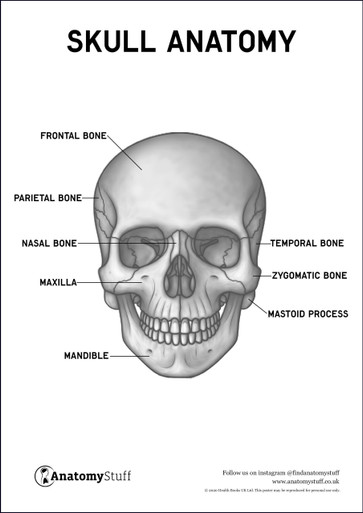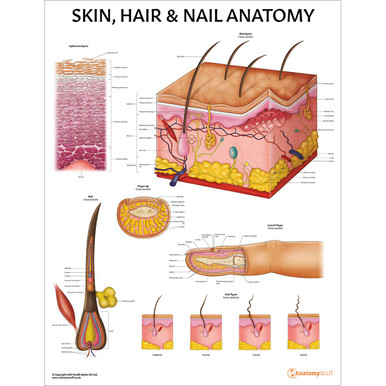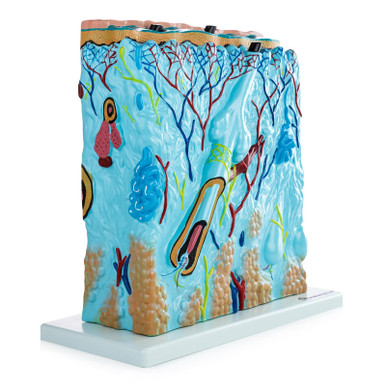Written by: Zak Shah, 3rd Year Medical Student, UCL.
How to manage heatstroke
As climate change driven heatwaves drive UK temperatures up to 40 degrees C, heatstroke and heat exhaustion are becoming more of a worrying concern, especially in vulnerable patient groups. Heat exhaustion occurs when the intense heat can cause the following:
• Dehydration, leading to tiredness and dizziness
• Elevated body temperature
• Feeling weak
• Developing a heat rash
• Cramping
When heat exhaustion does not subside after trying to cool down after 30 minutes, this can lead to heat stroke, which can elevate your body temperature, alter consciousness levels, and cause seizures and faster heartbeats.
Be wary that the symptoms of heat stroke can mimic symptoms of other very serious conditions such as septic shock, which can cause a very high body temperature and be extremely dangerous.
The best way to manage heat exhaustion is to prevent it in the first place. There are many approaches that can be taken. It is advisable to stay indoors when the sun is closest in the sky, which is usually between just before noon until 4-5 pm. While indoors, you should be using ventilation such as fans or coolers, and you should close your curtains and windows in the daytime to prevent infrared radiation in the form of heat from entering your home. Typically, temperatures fall in the nighttime, when it is advisable to then open your windows to allow the heat within your home to escape.
Free Download PDFs
View AllIt is important to tell patients to stay hydrated with water and to have drinks that will maintain their electrolyte levels if they are exercising. Diabetics may also be prone to dehydration, so they must keep drinking and closely monitor their blood glucose levels to prevent heat stroke symptoms that may be exacerbated by hyper or hypoglycaemia. Patients who are exercising should be cautioned about doing too much exercise in the heat.
Alcoholics are at risk of dehydration, so they should be advised to reduce their alcohol intake and drink more water safely. If someone starts to develop symptoms of heat exhaustion or heat stroke, they should try to cool themselves down by drinking more water to avoid dehydration, having a cold shower and removing excessive layers. Another tip is to place feet into a container of cold water or sit in a well-ventilated room.
Unfortunately, most of the UK lacks AC, but it may need to become commonplace in the future.
Did you know pets can also suffer from heatstroke? Read more on our Tips To Keep Pets Cool In The Heat article.














